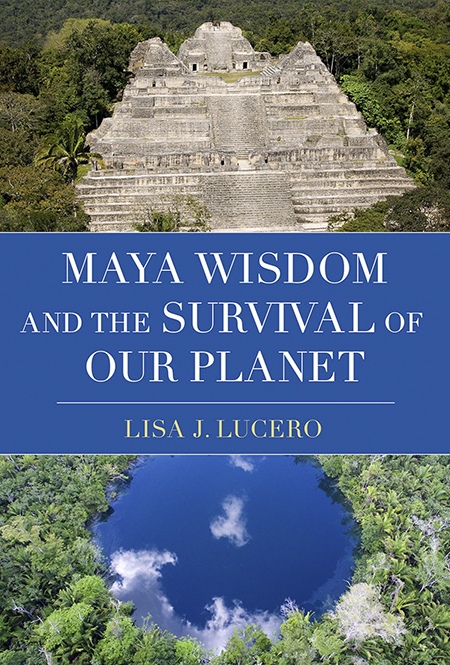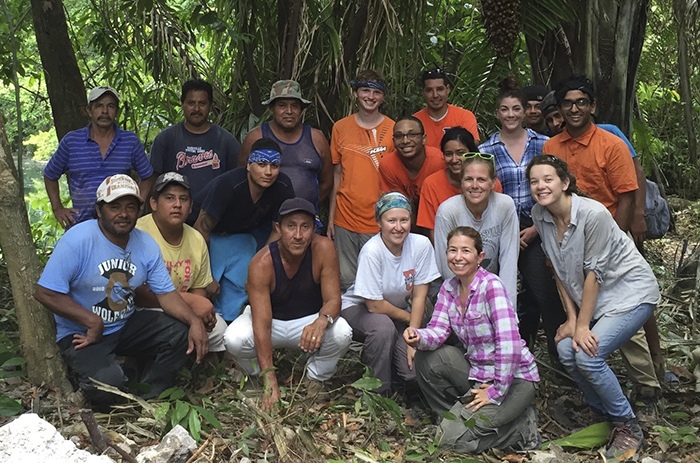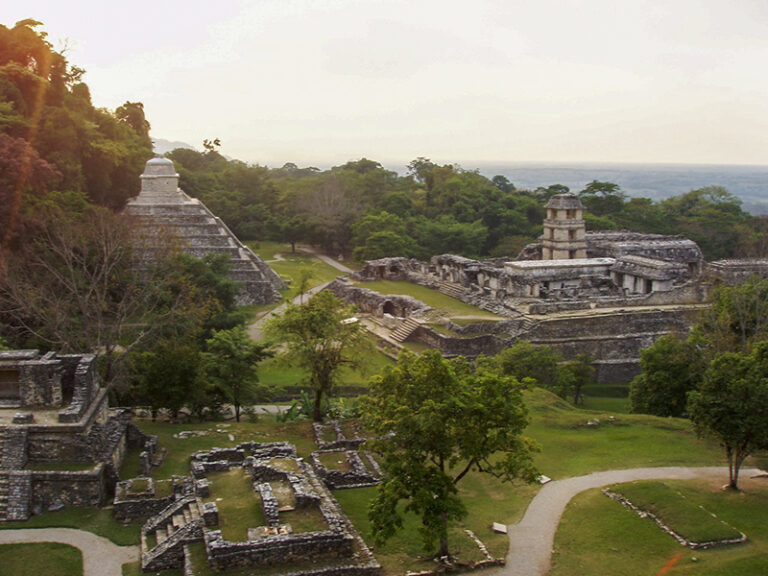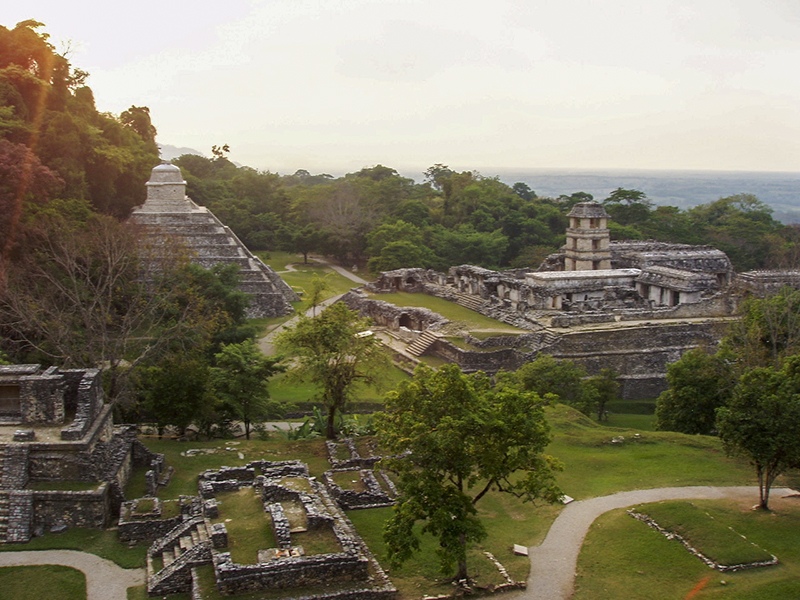
Ancient Wisdom, Modern Solutions: How Maya Reservoirs Inspire Sustainable Water Management
In an era defined by escalating environmental anxieties, particularly the looming specter of water scarcity, we often look to cutting-edge technologies for salvation. Yet, sometimes, the most profound solutions lie not in the future, but buried deep within our past. Consider the ancestral Maya, architects of breathtaking cities and astute observers of the cosmos. New research illuminates how this civilization, flourishing for over a millennium, mastered water management through ingeniously designed reservoirs—natural, self-cleaning ecosystems that sustained dense populations in a challenging tropical environment.

These remarkable systems are brought to light in Maya Wisdom and the Survival of Our Planet (Oxford University Press), a compelling new book by Lisa J. Lucero, a Professor at the University of Illinois Urbana-Champaign and a leading scholar of Maya civilization. Drawing on over 35 years of research, including extensive archaeological excavations and collaboration with contemporary Maya communities in Belize, Lucero’s work unveils the sophisticated engineering and profound ecological understanding embedded within these ancient waterworks. More than mere storage facilities, Maya reservoirs, as detailed in her insightful perspective, were intricate constructed wetlands, harnessing the power of aquatic plants and advanced filtration techniques using materials like quartz and zeolite sand. This ingenious integration of nature and technology ensured a reliable supply of potable water, even through prolonged droughts, forming the very bedrock of Maya political and societal power.
Recently, we delved into these ancient marvels in a conversation with Professor Lucero, gaining invaluable insights into how these age-old innovations can inform our modern quest for water security. Her journey into Maya archaeology began with a fascination for anthropology and a deep connection to the natural world, cultivated during her upbringing in Colorado. This path led her to UCLA, where rigorous training in archaeological theory and method set the stage for her transformative work in Belize. Initially focused on Maya political systems and the lives of the common people—the “99 percenters” who underpinned Maya society—Lucero’s research organically converged on the critical role of water. “Understanding how they managed water, particularly during the dry season, revealed the true foundation of Maya power,” she explains. This realization unveiled a profound vulnerability: a reliance on systems intricately linked to the rhythms of rainfall and acutely susceptible to climate variability.

A Conversation with Lisa Lucero
We spoke with Dr. Lucero to explore how these ancient water management strategies can inform modern efforts to combat water insecurity and environmental degradation.
Q: Your book, Maya Wisdom and the Survival of Our Planet, presents an intriguing perspective on ancient ecological knowledge. What inspired you to explore this topic?
A: My research into the Maya civilization spans over 35 years, blending archaeological excavations, historical analysis, and collaboration with contemporary Maya communities. What fascinates me most is the enduring wisdom embedded in their practices. Unlike traditional academic literature that often confines findings to scholarly discourse, I wanted this book to reach a broader audience—to illuminate how ancestral knowledge remains deeply relevant to modern sustainability challenges.
Through my fieldwork, I witnessed firsthand how Maya ecological practices, especially their water management techniques, reflected a profound understanding of the environment. The resilience and adaptability of their systems underscore the necessity of learning from the past as we navigate the Anthropocene. My goal was to move beyond broad generalizations and present concrete, actionable insights rooted in Maya ingenuity.
Q: Your research highlights the Maya’s non-anthropocentric worldview. How did this perspective shape their environmental practices?
A: Unlike many modern societies that position humans at the apex of a hierarchy, the Maya worldview embraced an interconnected view of existence. They did not perceive nature as a mere resource for exploitation but as an active, coexisting entity. This inclusive worldview recognized the role of every element—water, soil, forests, and even celestial bodies—in maintaining balance.
This belief system informed their agricultural and urban planning strategies. Their cities were not rigidly zoned but functioned as integrated ecosystems, incorporating green spaces, reservoirs, gardens, and agricultural plots in a way that mirrored natural landscapes. They also practiced resource cascading—reusing water for multiple purposes, from drinking and irrigation to aquaculture. These principles of efficiency and regeneration are directly applicable to modern urban sustainability efforts.

Q: How did the Maya manage to sustain a thriving urban civilization for over a millennium without depleting their resources?
A: Their success hinged on several key factors:
– Deep Ecological Knowledge– The Maya accumulated and transmitted intricate environmental knowledge across generations. They understood hydrological cycles, soil composition, and biodiversity management long before such concepts were formally studied.
– Adaptive Water Management– In the absence of permanent rivers, they engineered reservoirs that functioned as living ecosystems, maintaining water purity through natural processes.
– Integrated Agriculture– Rather than relying on monocultures, they cultivated biodiverse food systems mimicking the tropical forest, preventing soil depletion and fostering resilience against climate variability.
– Circular Resource Use– They maximized efficiency by designing closed-loop systems that minimized waste and reinforced ecological balance.
Modern sustainability initiatives would greatly benefit from incorporating these principles—leveraging both traditional knowledge and contemporary science to create self-sustaining environmental solutions.
Q: Industrialized societies often struggle to integrate traditional ecological knowledge. How can Maya wisdom be made more actionable for policymakers and corporations?
A: The key is to bridge the gap between ancient principles and modern applications in a way that resonates across sectors. For policymakers, this means shifting from short-term fixes to long-term resilient strategies—investing in water-sensitive urban designs, constructed wetlands, and policies that value ecosystem services.
For corporations, the transition requires a fundamental shift from extractive business models to regenerative ones. Maya sustainability was rooted in circularity—where resources were reused, waste was minimized, and environmental stewardship was intrinsic to daily life. Businesses must embrace these principles, adopting zero-waste initiatives, integrating green infrastructure, and prioritizing long-term ecological health over immediate profit margins.
At the individual and community level, rethinking water use is a crucial step. Small-scale adaptations—such as transforming swimming pools into natural water gardens modeled on Maya reservoirs—can have significant cumulative impacts.
Q: As climate change accelerates, what is the most critical lesson from your book that individuals and institutions should act upon?
A: The single most important takeaway is the need to reframe sustainability as a family-driven, community-centered imperative. The Maya thrived because their practices were deeply embedded in their daily lives, driven by an understanding that environmental health directly impacted their survival.
Today, climate action often feels impersonal—dominated by policy jargon and distant corporate strategies. Yet, at its core, sustainability is about securing a livable future for our families and future generations. Whether at the household, corporate, or policy level, the driving motivation must be personal investment in the well-being of our collective future.
The Maya reservoirs stand as a testament to what is possible when societies align with natural systems rather than working against them. Their legacy urges us to rethink our relationship with water, land, and ecological cycles—reminding us that true sustainability is not just about survival, but about thriving in harmony with the world around us.
To learn more about these ancient insights and their modern applications, readers can explore Maya Wisdom and the Survival of Our Planet (Oxford University Press), which provides a comprehensive look at how Maya ecological practices can inform our approach to contemporary environmental challenges.
